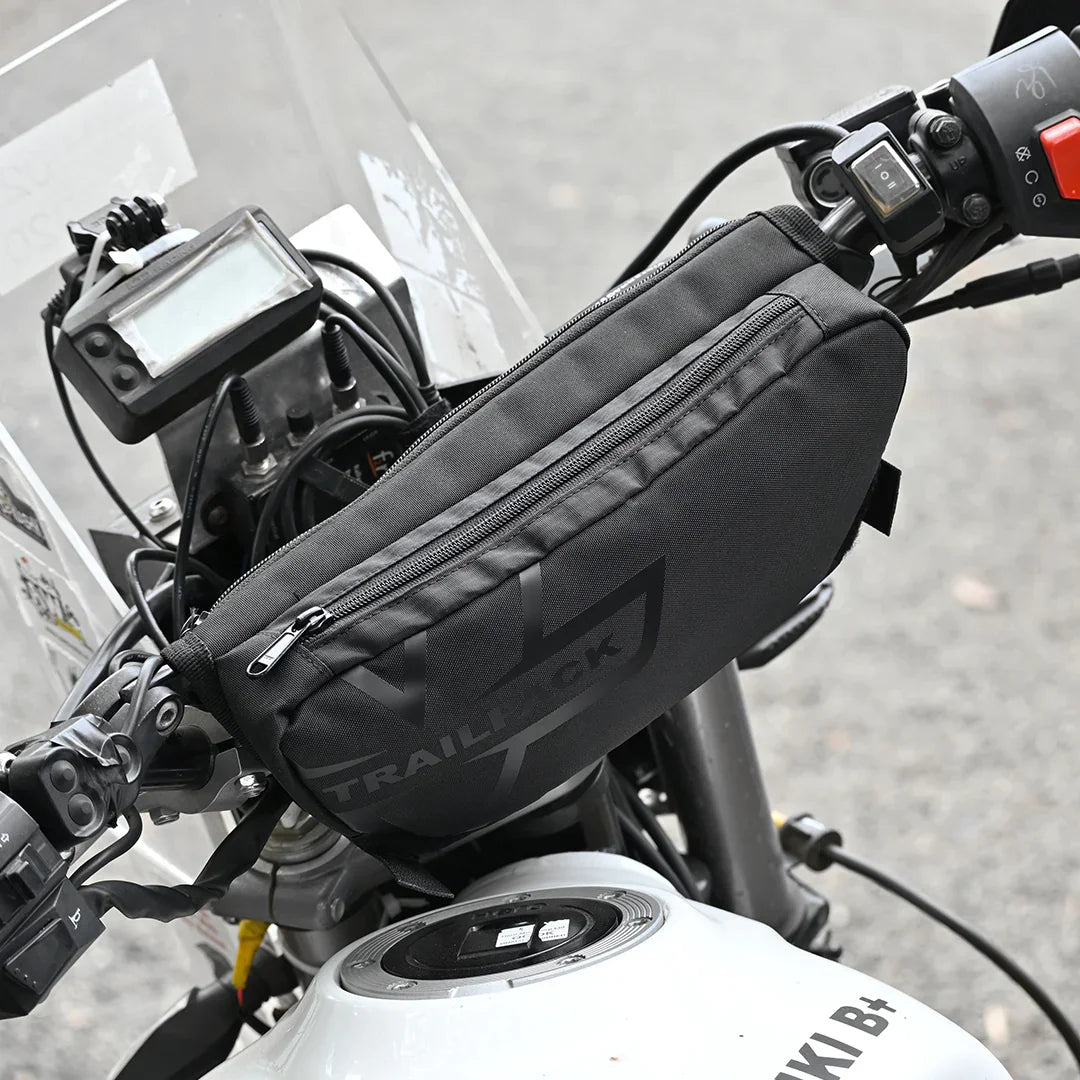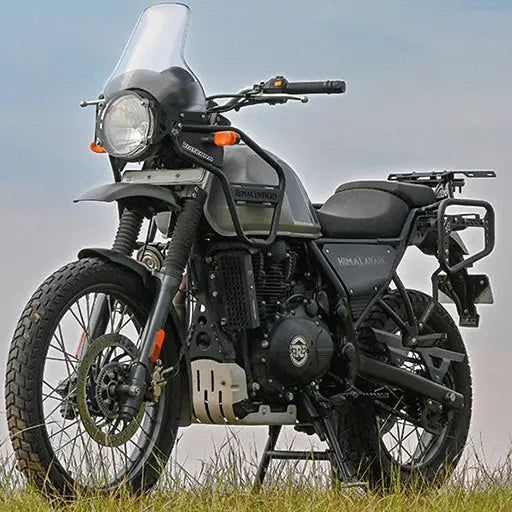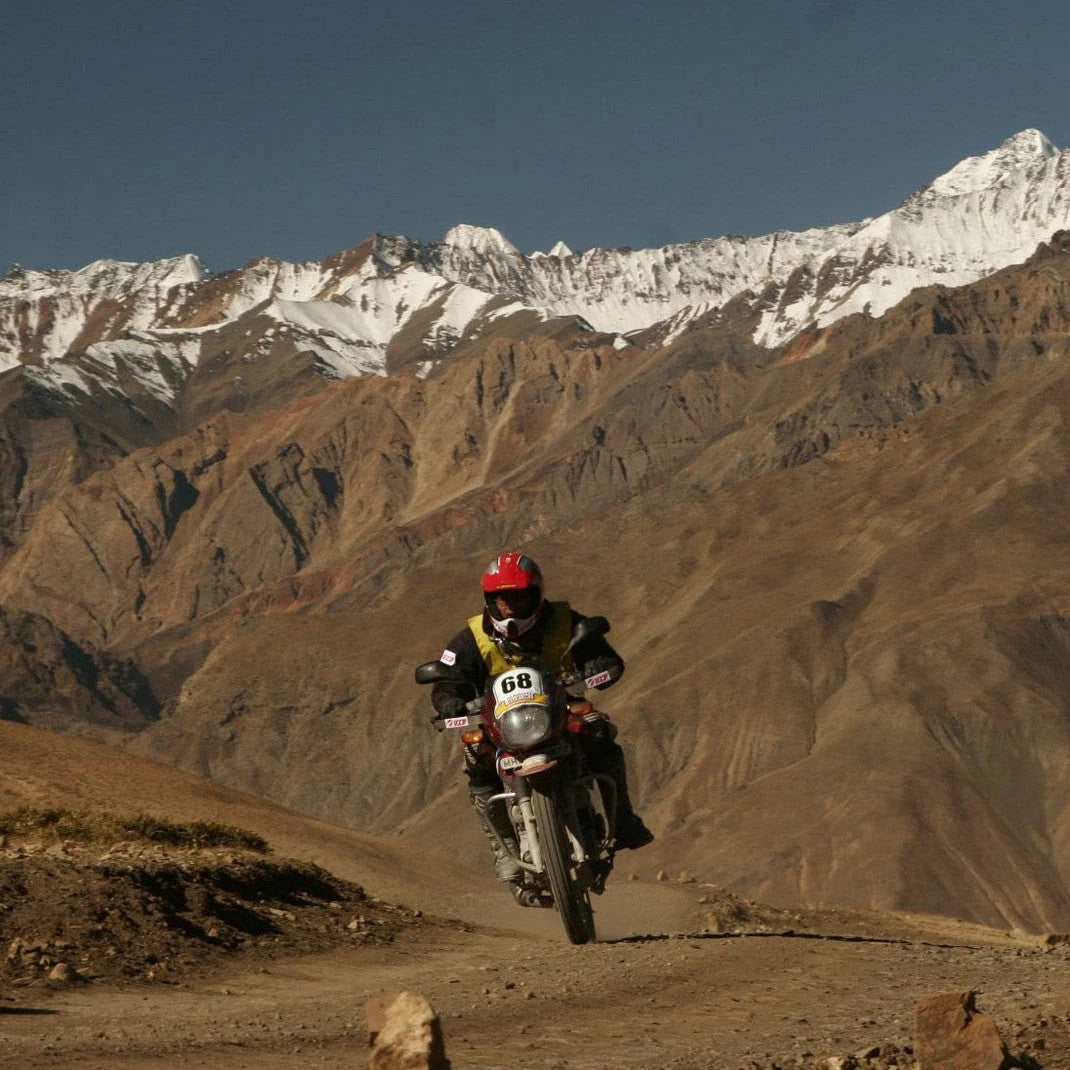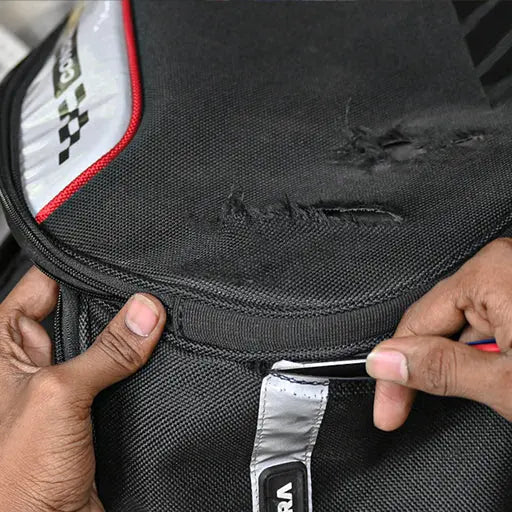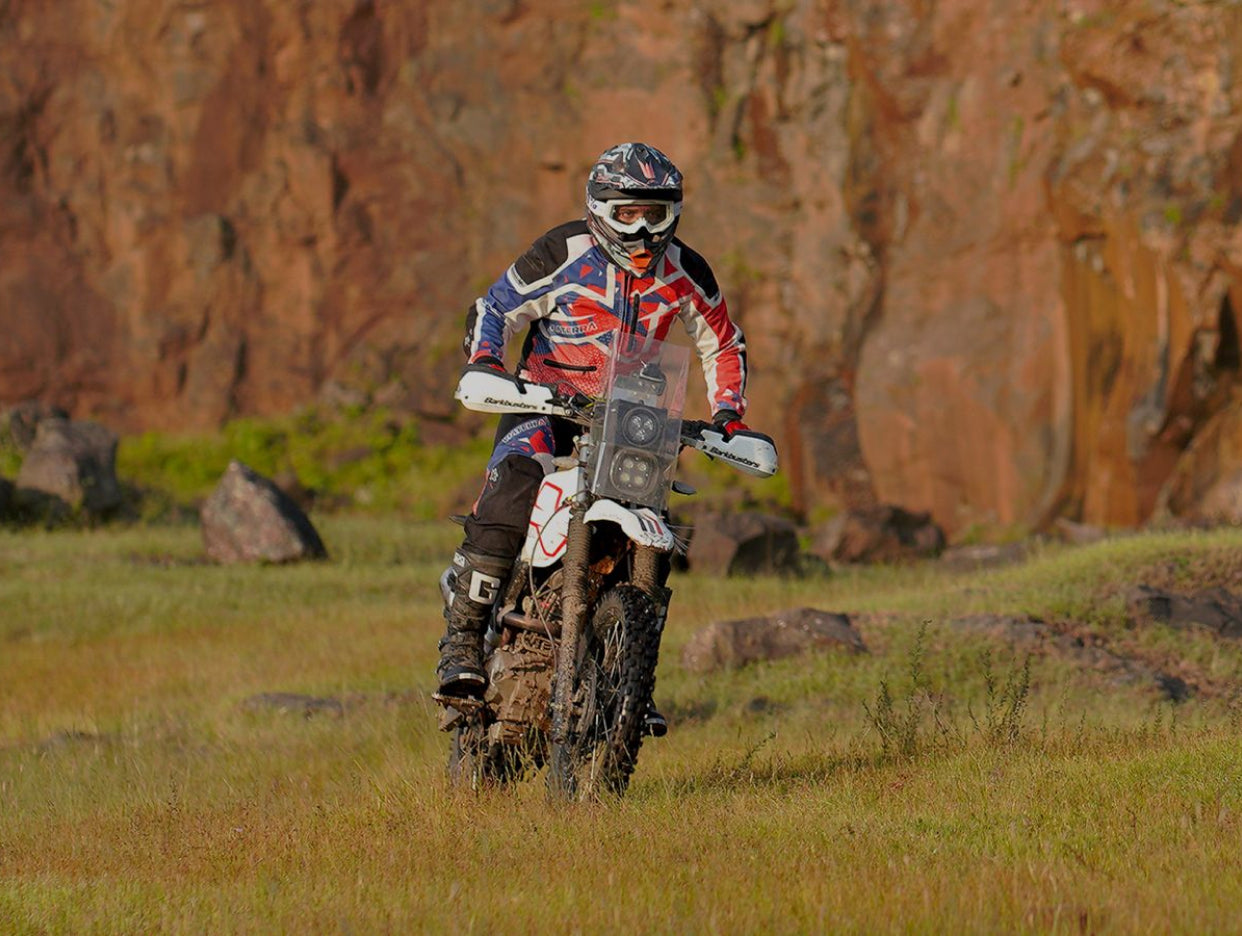Finding the perfect riding pants isn’t just about ticking a size box - it’s about comfort, protection, and making sure the gear works with you on and off the motorcycle. Unlike regular pants, riding pants have to account for posture changes, movement, and armor placement. A poor fit can quickly turn into discomfort on long rides or worse, compromise your safety.
In this motorcycle pants buying guide, we’ll take you through the fundamentals of getting the right fit, highlight what to check while trying on a pair, and share how ViaTerra’s range of riding pants makes this process easier. Whether you’re looking for the best motorcycle pants for street riding or exploring options for daily commuting, this guide has you covered.
Start with the Fundamentals
Like any pair of pants, your riding pants should first fit comfortably around the waist and thighs. The catch? You need to check this not just while standing but also while seated, because that’s the position you’ll spend most of your time in on a motorcycle.
When you sit, your stomach and thighs expand slightly. How much they expand depends on body type, but it’s crucial to account for this. A pant that feels snug when standing could become restrictive once seated, making long hours in the saddle uncomfortable.
Pro tip: Don’t hold your breath or suck in your stomach when trying on riding pants. Comfort beats vanity here. This is a core principle in any best street riding pants selection.
Movement Matters
Motorcycling isn’t just about sitting still - you need to swing a leg over the bike, move around in traffic, or stretch during long rides. Your pants should allow this without restricting movement.
At ViaTerra, we use stretch panels around the crotch area on our riding pants. These panels give you that extra flexibility, making it easier to mount, dismount, or adjust posture. If the pants you’re trying out don’t have such panels and are made of non-stretch fabric in key zones, expect a slight restriction. That’s normal, but it shouldn’t feel like the fabric is fighting you.
For riders seeking the best motorcycle pants for street riding, look for stretch panels and pre-curved construction - they make a huge difference in comfort and flexibility.
Getting the Length Right
The inseam length is another key factor that’s often overlooked. Here’s what you need to know:
-
Over-the-boot pants should end right at your ankle bone when standing. Too short, and they’ll ride up awkwardly; too long, and they’ll bunch up inside the boot.
-
In-the-boot pants can be slightly shorter since they’ll sit inside your riding boots. Comfort on the inside matters more here.
Most riding pants on the market come in a single inseam length, which can be tricky for riders at the shorter or taller end of the spectrum. That’s why the ViaTerra Spencer Riding Pants are offered in two inseam lengths, a shorter option for riders with shorter limbs and a regular one for everyone else. For taller riders, the ViaTerra Munro Riding Pants are custom-made to your measurements, including extended inseam lengths if needed.
If you’re hunting for motorcycle commuter pants, consider adjustable inseams, they help you maintain comfort and safety on city rides and long commutes.
Armor Positioning: Where Safety Meets Fit
One of the biggest differences between regular pants and best motorcycle pants for commuting is the addition of protective armor. Even the best CE-rated armor won’t do much if it isn’t sitting in the right place.
When checking armor position, always return to a seated position or mimic a riding posture. Most riding pants are pre-curved to fit better when seated, so the armor pockets are designed to align in that position.
Key checks:
-
Knee Armor: Should start just above your knee and extend slightly down the shin.
-
Hip & Tailbone Armor: Should feel snug but not poking. Proper coverage matters more than absolute comfort.
ViaTerra pays special attention to knee armor positioning. Our designs ensure the armor moves naturally with your legs while providing maximum coverage. This is an important feature in any best motorcycle pants for commuting choice.
Test Ride Before the Ride
No one slips into a riding pant and feels “perfect” straight away. Gear takes a little getting used to. Once you’ve found a size that feels right, spend 10 to 15 minutes in it. Sit, stand, squat slightly, lift your leg as if you’re mounting the bike. Make adjustments along the way.
Remember: Riding pants aren’t fashion wear, they’re functional gear. A little adjustment period is normal. Riders choosing best street riding pants should always do a trial run to ensure flexibility, comfort, and correct armor positioning.
ViaTerra’s Approach to Fit
At ViaTerra, our design philosophy is simple: gear should fit the rider, not the other way around. That’s why:
-
The Spencer Street Riding Pants come in multiple inseam lengths so riders don’t have to compromise.
-
The Munro Riding Pants are custom-tailored for precision fit, down to the last measurement.
-
Stretch panels and pre-curved construction are built for real-world riding comfort.
-
Adjustable armor systems ensure safety gear sits exactly where it needs to.
Focusing on fit ensures your pants aren’t just protective, they’re wearable for hours on end, from your daily commute to multi-day tours. This makes them one of the top options in any motorcycle pants buying guide.
Final Thoughts
A good riding pant isn’t the one you can squeeze into, but the one that feels natural on and off the motorcycle. Prioritize waist and thigh comfort, check inseam length, ensure armor is positioned correctly, and don’t shy away from testing them out.
Finding the right fit might take a bit of trial and error, but once you get it, you’ll never look back. The right motorcycle commuter pants will move with you, protect you, and keep you comfortable no matter how long the ride. Choosing the best motorcycle pants for street riding or best street riding pants should always factor in flexibility, armor placement, and comfort first.
FAQs
-
Should riding pants feel tight or loose?
They should feel snug but not restrictive. Tight enough to keep armor in place, loose enough to let you move naturally. -
How do I know if my knee armor is in the right spot?
Sit in a riding position - your knee armor should cover the knee cap and extend slightly down the shin. -
What if the inseam is too long or short?
Over-the-boot pants should end at the ankle bone, while in-the-boot pants can be slightly shorter. Consider options like the Spencer (two inseam lengths) or Munro (custom-fit). -
Do riding pants loosen over time?
Most fabrics ease up slightly after use, but the change is minor. Don’t buy pants too tight hoping they’ll “break in.”
Why are custom-fit riding pants worth considering?
Custom pants like the Munro eliminate guesswork and ensure both comfort and safety, especially if you have unique body proportions.


